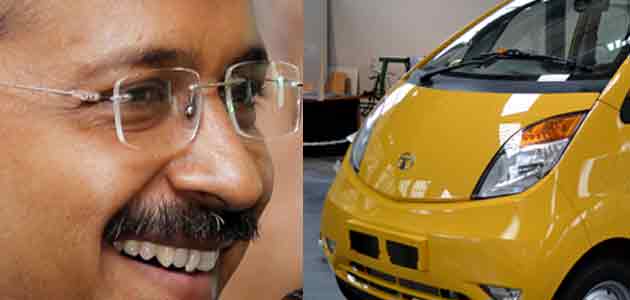
The recent election results force us to mull over what went wrong with one of the promising brands of the Indian political landscape, Arvind Kejriwal. Kejriwal’s performance in politics in the last one year has some resemblances with one of the biggest brand failures in the country, Tata Nano.
Nano promised to change and revolutionise India’s automobile market in a big way. Kejriwal appeared as the man who can change the political landscape. Both Nano and Kejriwal changed their battlefields, but not quite the way they had expected.
The initial performance of Arvind Kejriwal and Tata Nano: The similarities
For the starters, let’s establish the lacklustre performance of both these brands – Nano and Kejriwal. Nano was launched with much fanfare in 2009 and received a record-breaking booking of 2.06 lakh units at Rs one lakh per unit. The rest of the people who booked the car had the option to cancel their bookings or buy it at a higher price. Oops, wasn’t it touted as Rs 1 lakh car for two years? So why should only a select few get the privilege?
Cut to the political scene: Arvind Kejriwal gets a huge response in Delhi state elections in 2013 with 28 seats to his Aam Aadmi Party. He forms the government with outside support from the Congress but lasts only for 49 days and resigns. Didn’t he promise the Delhi voters so many changes in the state in return for their votes? But suddenly he changed his mind (much like the Nano management changed its mind about the price) and the voters felt cheated and they remembered this in the national elections (just like the people gave a cold response to Nano over the last six years).
Today, both Nano and Kejriwal have had a dismal performance. Tata Nano has managed to sell 2.5 lakh units (Source: Society of Indian Automobile Manufacturers, SIAM, reports) in the last six years since its launch in 2009; not to forget that the company has the capacity to produce 2.5 lakh units per year and that’s what the initial target was.
Arvind Kejriwal got just over two lakh votes in Varanasi and lost to Narendra Modi by more than 3.7 lakh votes. AAP’s performance, too, was nowhere respectful with victory in only four seats out of 432 seats that it contested.
The big fallacy: ‘Jo dikhta hai wo bikta hai’
Besides the dismal performance, another common thread between Kejriwal and Nano has been the big built up and hype around them for months before their launch/polls, courtesy excellent public relations (PR), below-the-line activities and the media. Everyone was talking about Nano back in 2009 at the time of its launch. Similarly, everyone was talking about Kejriwal during the elections (in fact, even after the elections).
This reiterates the biggest marketing rule: Consumers (or voters) can’t be won over only with great PR and media attention. ‘Jo dikhta hai wo bikta hai’? Well, not really for Kejriwal or Nano!
Consumers/voters don’t forgive or forget broken promises
Nano came into existence with its tag price of Rs one lakh. But that was offered only to a select few customers. Kejriwal sold people the dream of honest and outstanding governance in Delhi. He broke his promise in 49 days when he resigned. Voters viewed this as an opportunistic decision.
Misread the market
Nano’s marketing team touted the product as the common man’s car, rather the car for the less privileged. Their target audience were the small town families. Their marketing focused on creating big buzz in the mainstream and social media and other tactics, creating big buzz in the metros. Not much was done to reach the primary target audience. The brand misread the market.
Kejriwal touted himself as the leader of the common man. He and his team created big buzz in Delhi and a few other big cities and thought they can win the elections based on that buzz. They believed if Delhi voted for them in the state elections, the entire nation will also vote for them in general elections.
Marketing lesson
Creating buzz in the big towns will not win battles in the heartland of the country.
Nano has not really been able to redeem itself and the sales of the brand have been on a downslide (30,000 units approx in FY 2010, 70,432 units in FY 2011, 74,527 units in FY 2012 and 21,109 units in FY 2014, Source: SIAM). The question is: Can Kejriwal redeem himself in the eyes of voters and do what Nano couldn’t?





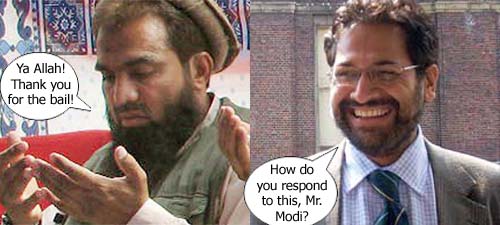
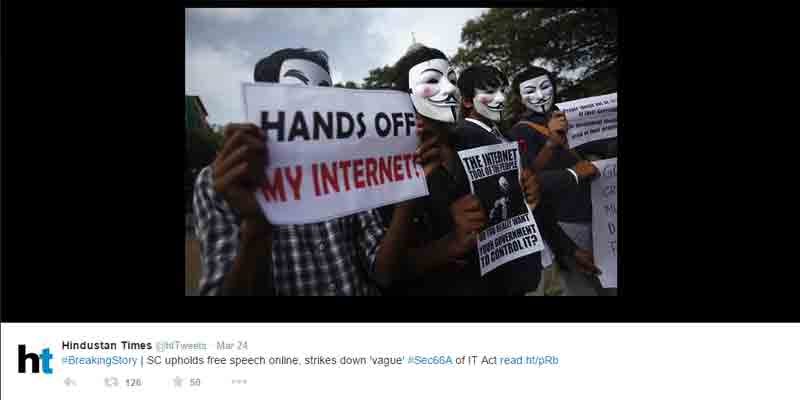
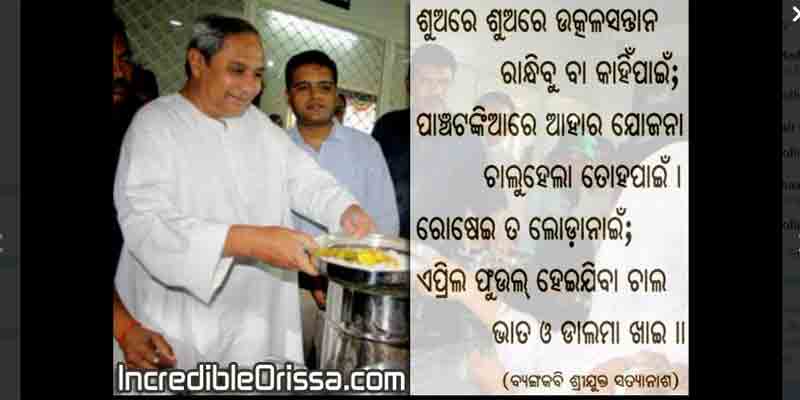

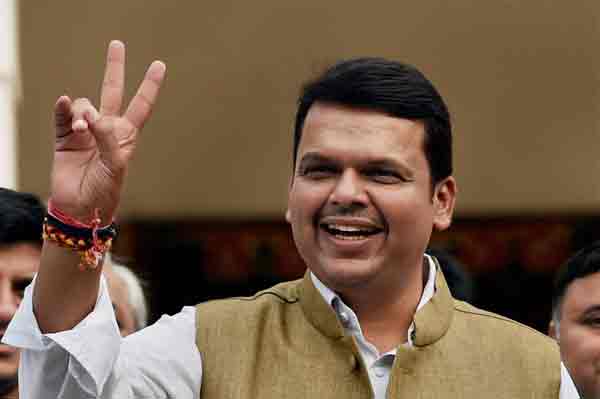

Arvind Kejriwal gets a huge response in Delhi state elections in 2013 with 28 seats to his Aam Aadmi Party. He forms the government with outside support from the Congress but lasts only for 49 days and resigns. Didn’t he promise the Delhi voters so many changes in the state in return for their votes? much like the Nano management changed its mind about the price .this is the true line of this website .
Arvind Kejriwal got only 4 seats in Punjab Lok Sabha. Arvind Kejriwal got just over two lakh votes in Varanasi and lost to Narendra Modi by more than 3.7 lakh votes.Good Story for me